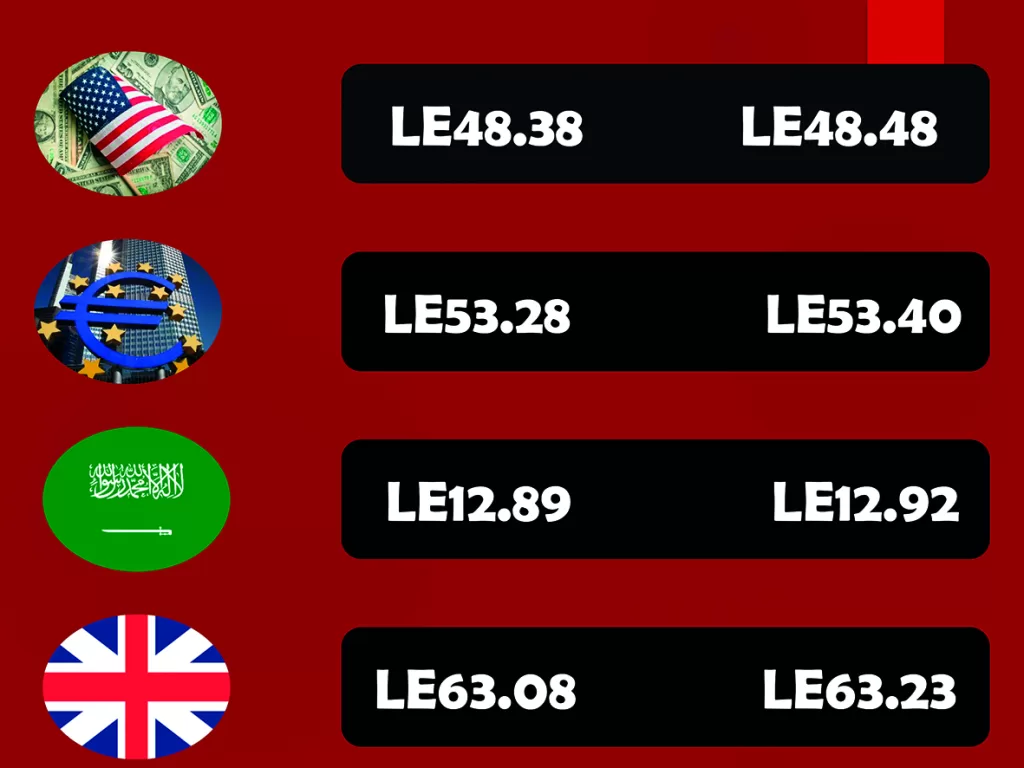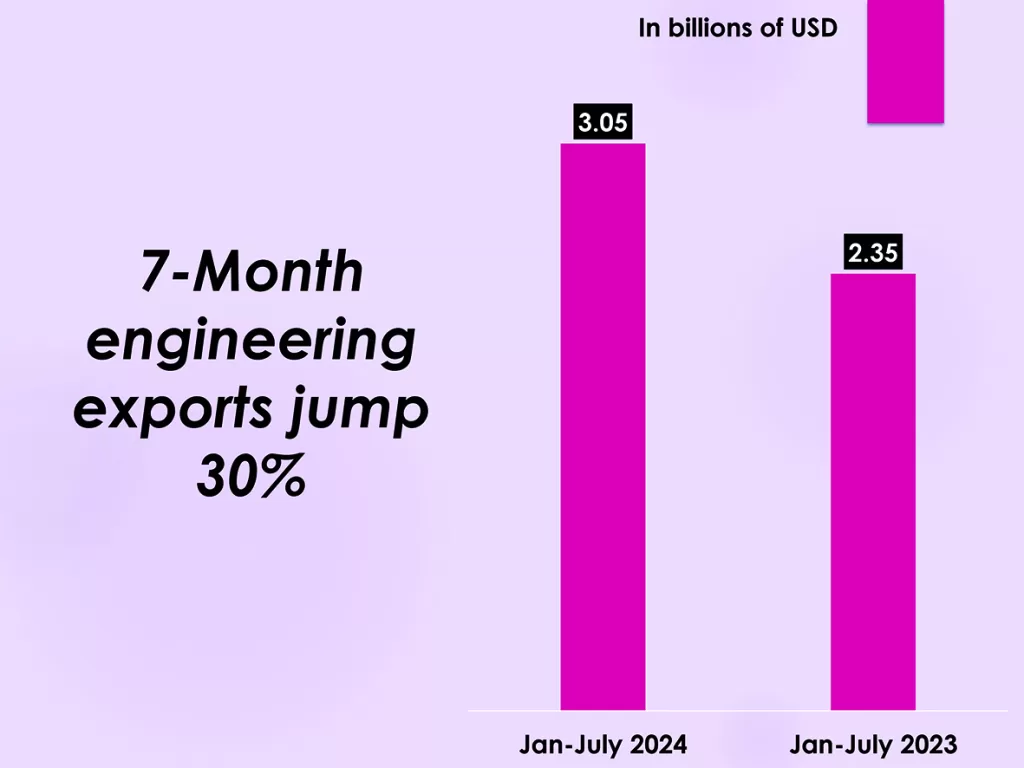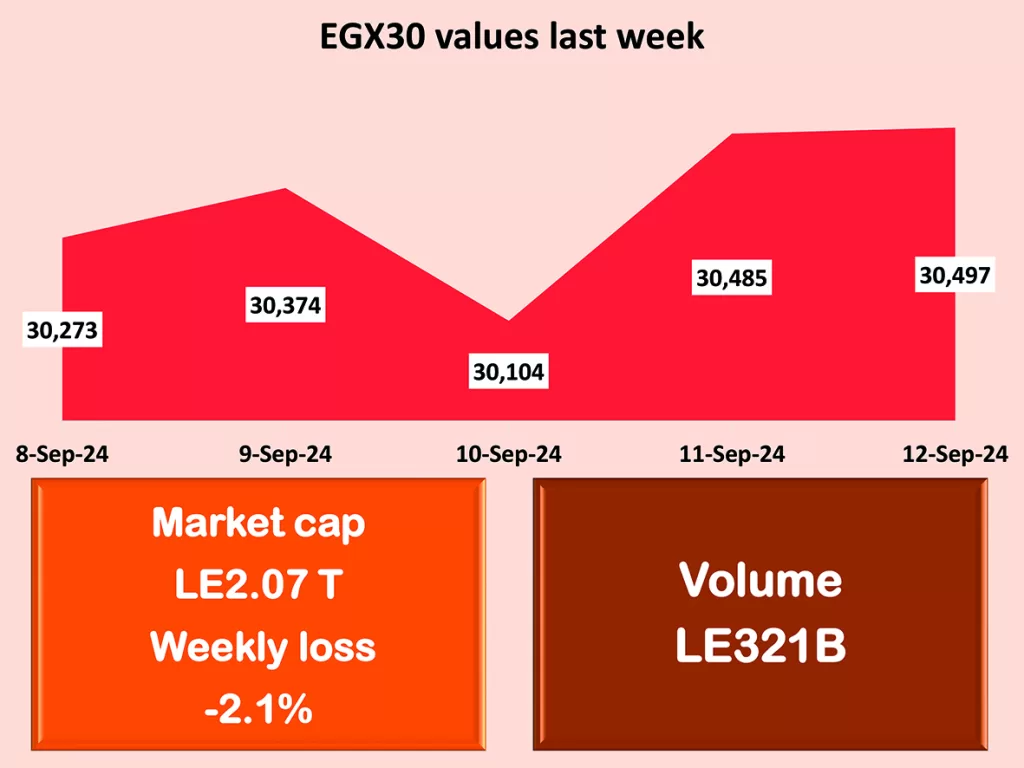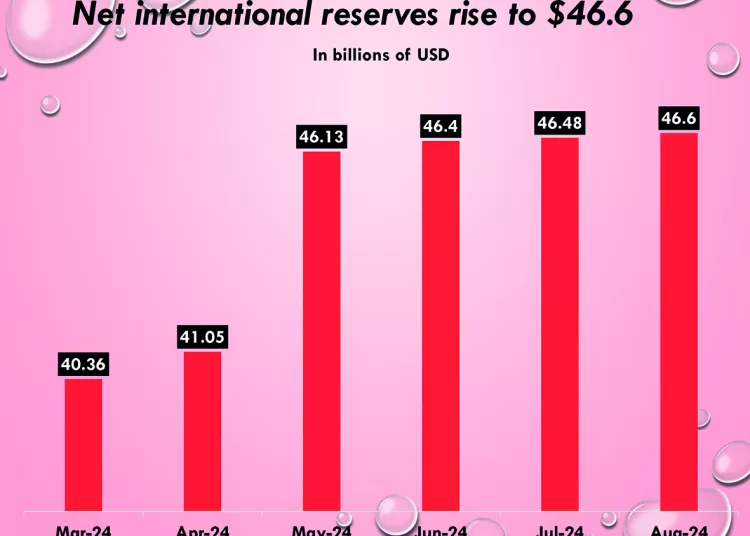The number of e-wallets rose to 42.14 million in March 2024, while the number of transactions jumped to 138 million worth LE193 billion, according to data from the Central Bank of Egypt (CBE).
Meeza cards totalled 39.2 million and the points of sale (POS) rose to 1.2 million in March 2024.
Financial inclusion has been on the rise over the past eight years thanks to the CBE’s efforts to boost financial culture across the country.

The CBE has taken a number of measures to boost e-banking services since the pandemic hit the global economy a year ago. In the same vein, the local banking industry has been upgrading its mobile services through the provision of a wide range of applications, drawing on the nation’s growing Internet users.
The launching of the National Council for Payments (NCP), which is headed by President Abdel Fattah El Sisi, in 2017, has been a landmark step that has been enhancing the banking and the financial sector ever since.

The CBE launched in September 2020 an e-payment initiative to boost digital payment solutions to minimise dependence on cash in daily transactions.
CBE withdraws liquidity worth LE795.35b
The CBE withdrew, in an open market tender last week, liquidity worth LE795.35 billion from 27 local banks at 27.75 per cent interest rate. The move is part of the central bank’s role in managing banks’ excess liquidity for enhancing the impact of monetary policy.
The CBE had withdrawn liquidity worth LE1.2 trillion a week earlier.

The CBE’s Monetary Policy Committee (MPC) kept interest rates unchanged on September 5. The MPC left overnight deposit and lending rates steady at 27.25 and 28.25 per cent, respectively, according to CBE data.
New approaches for climate change financing
Banking authorities all over the world are testing new approaches to support climate financing, without compromising on the important goals of financial sector stability and inclusion for underserved people, according to a World Bank report.

For example, the adoption of green and sustainable taxonomies – a classification system that identifies activities and investments to move countries toward specific environmental and other targets – is essential to increasing climate-related lending.
“Today they cover only 10 per cent of emerging markets and developing economies (EMDEs) compared with 76 per cent of advanced economies. In almost 60 per cent of banks in EMDEs, lending for climate-related investment accounts for less than 5 per cent of their overall portfolios, and more than one-quarter offer no climate financing at all,” read the World Bank report, a copy of which was made available to the Egyptian Mail.

This is significant because in developing economies, banks dominate the financial sector, unlike in advanced economies where the financial sector is more diversified. According to the World Bank, climate change is expected to have a significant impact on economic opportunities and development outcomes in EMDEs, requiring far greater investment than they currently receive.
“Banks in EMDEs have the potential to play a larger role in closing the climate financing gap. An analysis of 50 countries, which represent 93 per cent of total bank assets in EMDEs, found that 30 per cent of these countries face high financial-sector risks in the next 12 months,” it added.







Discussion about this post